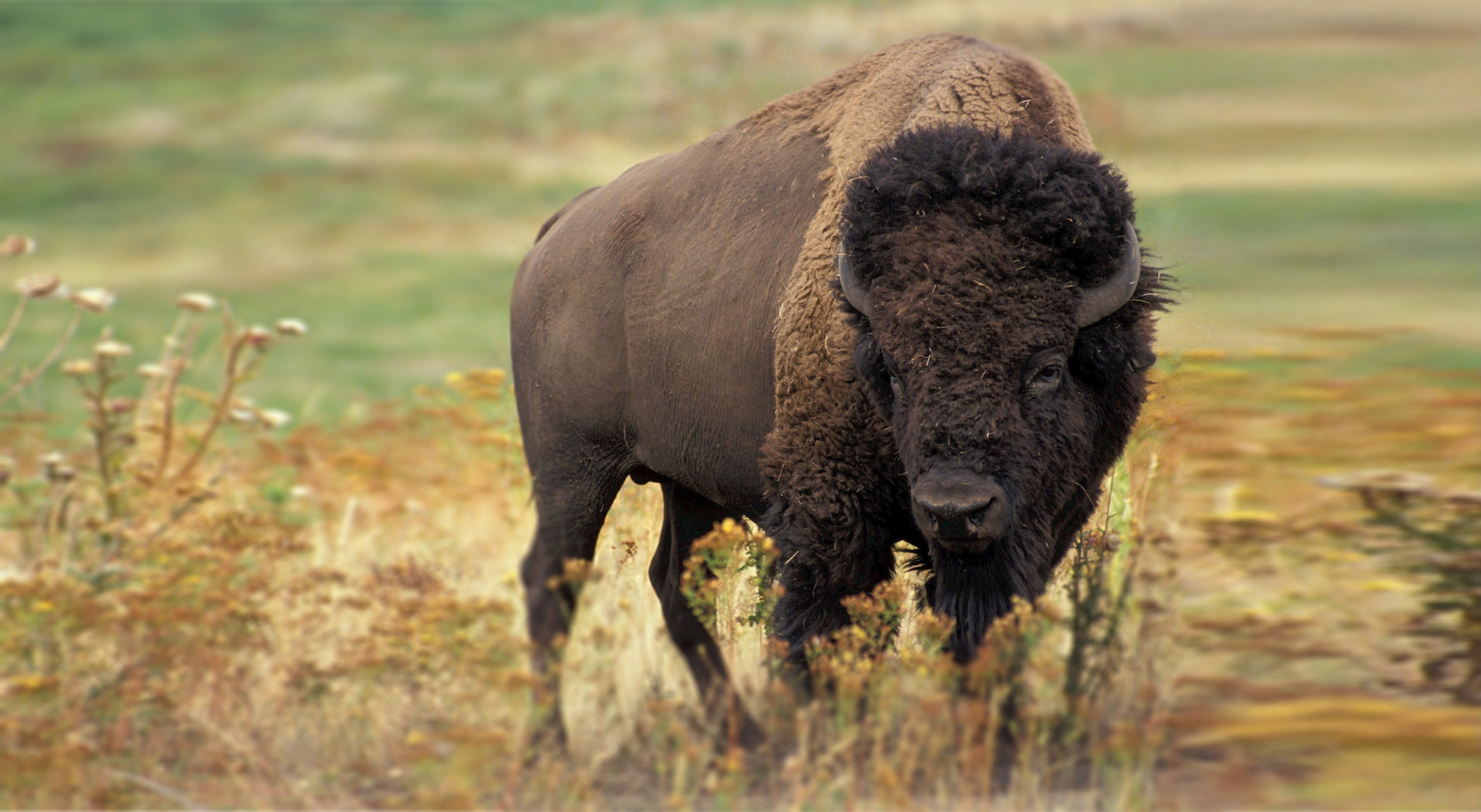Water buffalo I don’t think so
Climate change is changing ecosystems across the world in unprecedented ways. As a result, it threatens the survival of many species.
Last week, the Fulcrum sat with Dr. Joshua Thienpont an assistant professor at York University, to discuss his 2017 study on the impact that habitat flooding has had on the Canadian wood bison.
The herd central to the study is the Mackenzie herd, a genetically unique herd not endemically infected by tuberculosis or brucellosis as most bison’s now are.
Theinpont explained that coming into contact with other herds could put the Mackenzie herd at risk. Thus making it crucial that, “the bison stay in and around the Mackenzie Bison Sanctuary. If they start to travel outside of their current habitat they might move south and come in contact with some of these endemically infected herds.”
The wood bison live on the Taiga lowlands, a flat area, covered in shallow lakes and a boreal coniferous forest. Bison depend on the shorelines of these shallow lakes for the sledge-meadow it offers, but they are not ones to venture in further, because if there is one thing to know about the wood bison it’s that they aren’t swimmers, unlike buffalos (with which they are often confused), there is no such thing as a ‘water bison’.
The bison have been experiencing a change in their habitat, the shallow lakes whose shores they depend on for their nutrition have been expanding, making the habitat unfit for the Mackenzie herd.
“They are a terrestrial animal at the end of the day,” emphasized Thienpont. “Even if they like wet areas, they don’t like standing water and ponds that much.”
One of the questions raised by this study is why are these shallow lakes expanding and is this a unique event??
According to Thienpont, the expansion is indeed a unique situation. In the study, the research team looked at lake sediments that allowed them to infer about changes in the history of the lakes by analyzing drowned plant remnants.
A higher concentration of these plant remnants suggests a period of flooding. The results of this analysis showed a mixture of material without the tell-tale increase in terrestrial vegetation, concluding that there wasn’t “any record of similar expansion occurring in this lake,” added Thienpont.
The question now to be asked, is if this is not a usual occurrence, why is it happening?
Thienpont explained that an increase in precipitation, rising temperature, and the thawing of the permafrost, could be the most likely factors at play, all of which are in some way “exacerbated if not driven by climate change.”
The wood bison, have been negatively impacted by this change to their ecosystem. The flooding of their habitat is making their habitat unfeasible for their survival. The same is true for other species.
Throughout the study, the bison have been documented leaving the core habitat and travelling towards the margins of the sanctuary. These changes in their distribution can put them in danger by increasing their potential interaction with diseased bison and other competitors. In addition to the risk of predation, the bison have moved closer to the major highway that runs through the conservation area, which poses another threat to their existence.
The researcher stresses that the impact of this flooding is not just felt by this one herd or in this one conservation area rather, the entire landscape is getting wetter. Meaning that the bison will face similar difficulties beyond their current habitat. He also reminds us that the impact is also being felt by humans, specifically Deh Gáh Got’ı̨ę First Nations, who use this land for activities such as hunting.
This study was completed in 2017, and Thienpont noted that within the last five years the surrounding communities, even on the other side of the highway from the conservation area, have been getting wetter. The change in the landscape is a continued fundamental concern, which is impacting the way the ecosystem functions, in addition to the bison and other species alike.
Thienpont continues his research on landscape disturbances and how they impact ecosystem processes, focusing on the connection between physical disturbances and ecosystem changes. He is currently examining how marine storm surges in the Mackenzie Delta of the western Canadian Arctic result in widespread salinization, fundamentally altering terrestrial and aquatic ecosystems.





